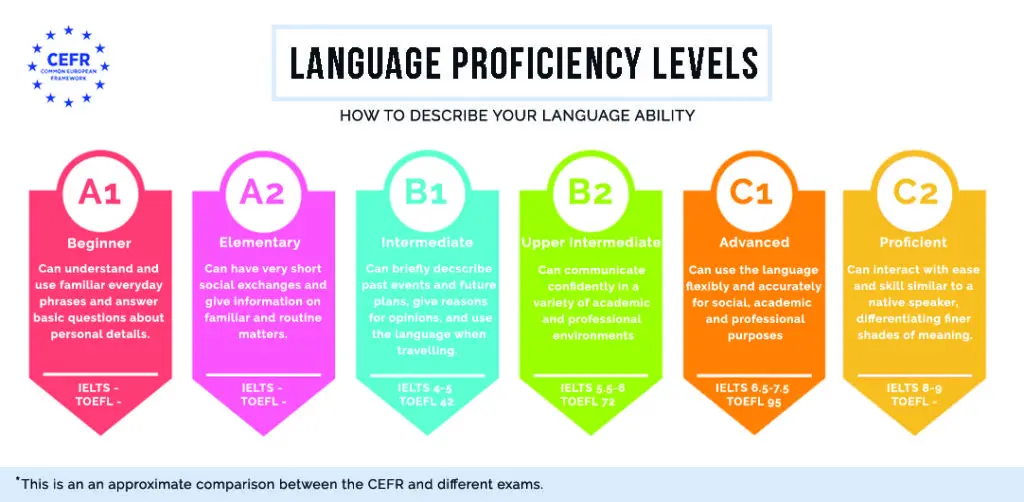Have you ever wondered if your signing skills would translate across borders? Or maybe you’re curious about how Sign Languages fit into the larger language learning landscape? Look no further than the Common European Framework of Reference for Languages (CEFR)!
The CEFR isn’t just for spoken languages like French or Spanish. It’s a powerful tool for understanding and recognizing proficiency in all languages, including Sign Languages. This framework provides a standardized way to describe language skills across six levels, from A1 (beginner) to C2 (mastery).
Why is this important for Sign Languages?
For years, Sign Languages have often been marginalized and excluded from mainstream language learning systems. The CEFR helps bridge this gap, validating Sign Languages as legitimate and complex communication systems deserving of recognition. This framework not only allows Sign Language learners to track their progress, but also facilitates better understanding and communication between different Sign Language communities.
Applying the CEFR to Sign Languages:
While the basic structure of the CEFR remains the same, it’s adapted to the specific characteristics of Sign Languages. Instead of assessing speaking and listening skills, the focus shifts to assessing signing and understanding signed discourse. Key factors include vocabulary size, grammatical proficiency, fluency, and ability to handle different communication situations.
Benefits for the Deaf Community:
The CEFR offers several advantages for the Deaf community:
- Educational opportunities: By establishing clear proficiency levels, Sign Languages can be easily integrated into existing educational systems, paving the way for more standardized language learning programs.
- Employment opportunities: With a recognized system for assessing skills, Deaf individuals can demonstrate their language proficiency to potential employers, increasing their chances of securing jobs that require effective communication.
- Accessibility and inclusion: The CEFR promotes broader awareness and understanding of Sign Languages, fostering a more inclusive society where Deaf individuals can fully participate in all aspects of life.

Beyond Borders:
The CEFR doesn’t just encourage communication within a single Sign Language community. It also facilitates communication between individuals using different Sign Languages. By understanding the different CEFR levels, interpreters and educators can bridge the gap between languages, promoting cross-cultural exchange and understanding.
A Brighter Future for Sign Languages:
The CEFR is a significant step forward in recognizing and valuing Sign Languages. By providing a standardized framework for assessing proficiency and promoting cross-cultural communication, this system opens doors for Deaf individuals and fosters a more inclusive world where all languages can flourish.
So, whether you’re a seasoned Sign Language user or just beginning your journey, remember that the CEFR is your friend! It’s a valuable tool for understanding your own skills, recognizing the skills of others, and breaking down communication barriers to build bridges of understanding.
Remember:
- The CEFR is a framework for understanding and recognizing language proficiency in all languages, including Sign Languages.
- It provides a standardized way to track progress and facilitate communication between different Sign Language communities.
- The CEFR offers numerous benefits for the Deaf community, such as promoting educational and employment opportunities and fostering inclusion.
- Understanding the CEFR levels can help bridge the gap between different Sign Languages, promoting cross-cultural communication.
Let’s embrace the rich tapestry of languages and work towards a world where everyone can communicate and connect, regardless of their chosen form of expression.



